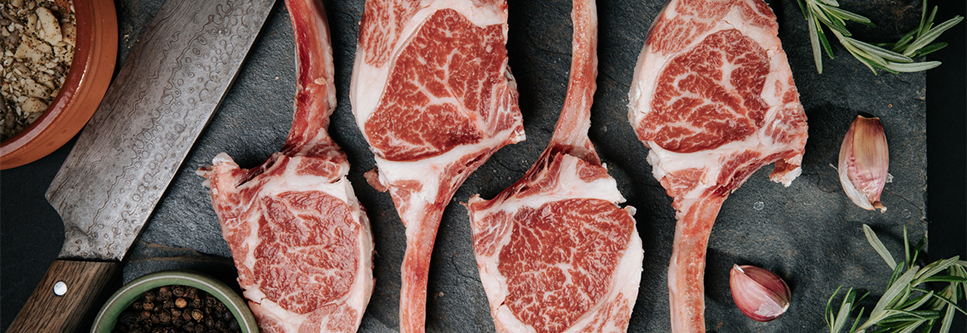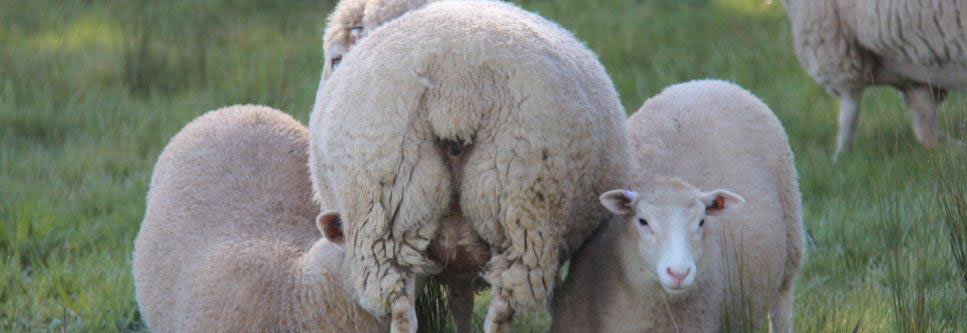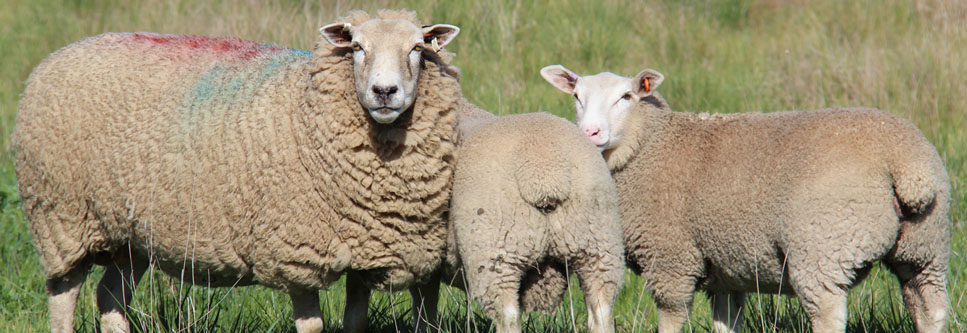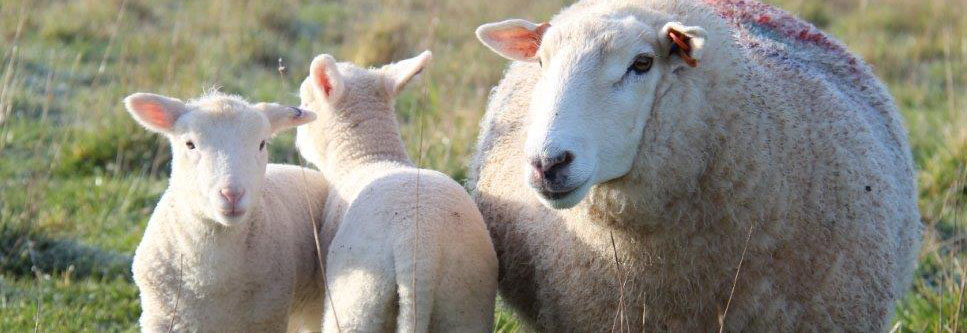Lamb industry to adopt beef’s focus on marbling
MARBLING has long been king of the branded beef business.
And now claims of breeds being the “Wagyu” of the lamb world are becoming commonplace.
But with the intramuscular fat of the average lamb in Australia at 4.2 per cent — just .2 per cent above the level where consumers start to turn away — the industry needs to seriously look at marbling, according to Holbrook ram producer Tom Bull.
He says there is no prospect of lambs being measured for marbling at processing for the next seven to eight years.
“Genetic control is really one of the only solutions the industry can have in the short term to push into those high end markets,” he said.
“The massive emergence of brands in beef industry is based on marbling … of being more marbled and juicier than the next brand.”
Mr Bull said underpinning eating quality was lamb’s challenge to get into the top echelon of global markets.
“If we are happy with $4/kg carcass weight, then sure it will be more affordable, but the average cost of production in Australia is probably not far from there.
“We are lobster; we are not beef. ”
Not having an objective marbling measure was a “massive impediment to the industry” Mr Bull said, and new lean meat yield measuring technology could also be “very dangerous”.
“Because you turn that switch on and start paying for meat yield, straight away through genetic correlation you drive eating quality out of it, and that is a real worry,” he said.

Thomas Foods International lamb supply chain co-ordinator David Rutley says consumers need consistency.
“To increase consistency, we need to understand the variation in the carcass data, and the biggest cause of the variation is between the individual lambs,” he said.
“On genetic trends from 2000 to 2017, dressing percentage, carcass weight, lean meat yield and shear force are all increasing while intramuscular fat is decreasing, along with consumer overall liking.
“We don’t want high-yielding lambs with high shear force as eating quality gazumps yields.’’
Dr Rutley said producers needed to know the customer was the king of the castle in the lamb industry.
“For the producer, it is all about fertility, survival, growth and feed conversion. But he must also think about what the consumer wants so he can receive a good price for his lambs.’’




